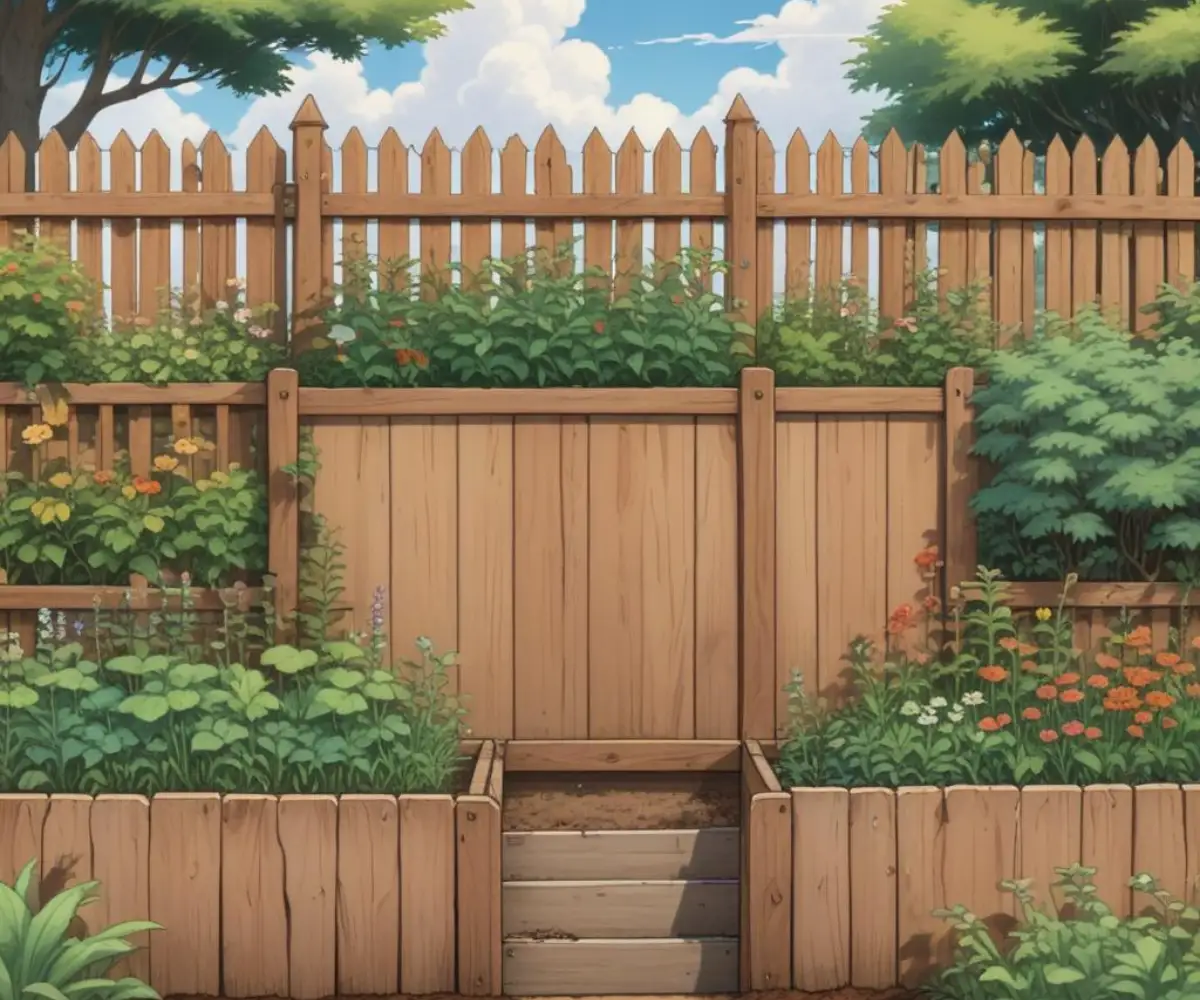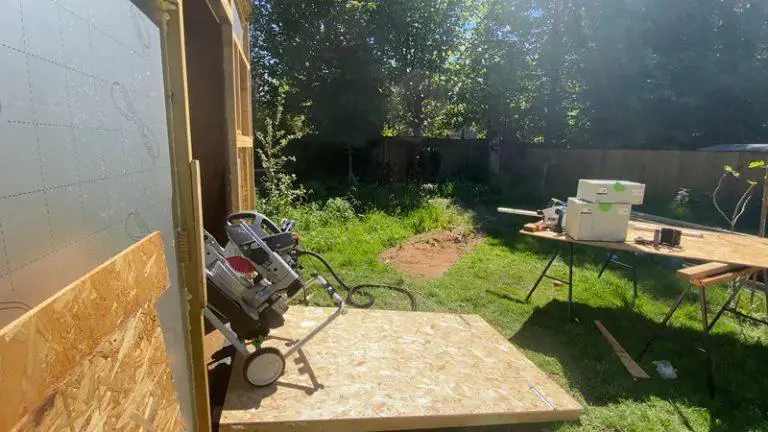Fence Height Loopholes: The Ultimate Guide to Taller Fences
You love your home, your yard, and your neighborhood. The one thing you don’t love is the feeling of being watched. Whether it’s the new multi-story house next door with a perfect view into your backyard or just the constant foot traffic along your property line, the standard six-foot fence just doesn’t seem to cut it for true privacy.
This is a frustratingly common problem for homeowners. You invest in your outdoor space to create a private sanctuary, only to be limited by local zoning ordinances or strict Homeowners Association (HOA) rules that cap fence height. But what if there were legal, clever ways to get the extra height and seclusion you crave? This guide explores the very real “loopholes” that can help you build a taller fence without breaking the law.
You'll Learn About
Why Fence Height Rules Exist in the First Place
Before diving into the workarounds, it’s important to understand why these rules are enforced. Municipalities and HOAs create fence regulations for several key reasons. These include ensuring traffic visibility at intersections, maintaining a uniform neighborhood aesthetic, and preventing one property from casting excessive shadows or blocking airflow to another.
While these reasons are valid, they often don’t account for unique property layouts, sloping terrain, or the increasing density of residential areas. Typical backyard fences are often limited to six feet, while front yard fences are usually capped at a much lower three to four feet. Knowing these baseline rules is the first step to legally and creatively working around them.
The Top 7 Fence Height Loopholes for Maximum Privacy
Gaining extra fence height is often a game of inches, but by using the terrain and specific building exceptions to your advantage, you can achieve significant results. Here are the most effective strategies that homeowners use to get more privacy.
1. The Raised Earth Tactic: Using Berms and Retaining Walls
One of the most powerful loopholes involves changing the ground level itself. Many zoning codes measure fence height from the “natural grade” or ground level directly beneath the fence. By building a fence on top of a raised earth mound (a berm) or a landscape retaining wall, you can legally increase its effective height.
For example, if you build a two-foot-high retaining wall or berm along your property line and then install a six-foot fence on top of it, your fence is still technically only six feet tall according to the code. However, you’ve created an eight-foot-tall privacy barrier from your neighbor’s perspective. This is a fantastic way to add substantial height while also creating an attractive landscaping feature.
2. The Decorative Topper Exemption: Lattice and Trellises
This is perhaps the most common and widely accepted fence height loophole. Many city ordinances do not count decorative, semi-transparent toppers in the fence’s total height measurement. Adding one or two feet of lattice or trellis work to the top of your six-foot fence is often permissible.
The key is that these toppers are not completely opaque. They must allow a certain percentage of light and air to pass through, often 50% or more. This strategy not only adds height but also provides a perfect framework for climbing plants and vines, which can eventually create an even denser, “living” privacy screen.

3. The Slope Advantage: Playing the Angles with Grade
If your property is on a slope, you may have a natural advantage. Fence height is typically measured from the ground up at any given point along the fence line. On a hill, this can be interpreted in different ways, and you can sometimes use the lowest point of the grade as your baseline.
By stepping the fence panels down the slope while keeping the tops level for longer stretches, you can gain effective height on the uphill side of your property. It’s crucial to discuss measurement techniques with your local building department, as some may require an average grade calculation. However, many homeowners find they can legally build what feels like a much taller fence by leveraging their property’s natural topography.
4. The Column & Post Strategy: Adding Perceived Height
In some areas, regulations that limit the height of fence *panels* do not apply as strictly to the fence *posts* or decorative columns. You may be able to extend your fence posts an extra foot or two above the panels. While this doesn’t create a solid barrier, it enhances the sense of height and enclosure.
These taller posts can be used to hang string lights, support wiring for climbing plants, or simply serve as a decorative architectural element. This method breaks up the horizontal line of the fence top, making the entire structure feel more substantial and imposing to outside eyes.
5. The Setback Secret: Trading Space for Height
Check your local zoning code for setback rules. In some municipalities, there are provisions that allow for a taller fence if it is built a certain distance *inside* your property line instead of directly on it. For example, a rule might state that any fence on the property line is limited to six feet, but a fence set back five feet from the line can be eight feet tall.
While this requires sacrificing a small portion of your yard’s perimeter, the gain in privacy can be well worth it. This “dead space” can be used for planting a thick hedge or creating a maintenance path, further enhancing your seclusion.
6. The “Not-A-Fence” Fence: Hedges and Screens
Sometimes the best way around fence rules is to build something that isn’t technically a fence at all. Living fences, such as a dense row of Arborvitae or Privet hedges, are typically not regulated by fence height restrictions. While they take time to grow, they can ultimately create a tall, beautiful, and completely natural privacy barrier.
Another option is to use freestanding privacy screens or structures. A strategically placed pergola with privacy panels or a series of large, tall planters with built-in trellises can block specific sightlines without being classified as a permanent fence. These are often considered garden features or landscape architecture, falling under a different set of rules.
7. The Official Route: Applying for a Variance
When all else fails, you can go the official route and apply for a zoning variance. A variance is a special permission granted by your local government to deviate from the standard zoning code. This is the “official loophole” for homeowners with a legitimate need for a taller fence.
To be successful, you usually need to demonstrate a specific hardship, such as your property bordering a noisy commercial zone, facing a busy road, or having unique security concerns. It is often beneficial to get written consent from your direct neighbors before the hearing. A well-prepared application that clearly explains your reasoning has a strong chance of being approved.
Comparing Your Options: A Strategic Breakdown
Choosing the right method depends on your budget, timeline, local regulations, and desired aesthetic. Use this table to compare the most common fence height loopholes.
| Loophole Strategy | Typical Added Height | Pros | Cons |
|---|---|---|---|
| Berms & Retaining Walls | 2-4 ft | Highly effective, aesthetically pleasing, durable. | High cost, labor-intensive, may require engineering. |
| Lattice/Trellis Toppers | 1-2 ft | Affordable, easy DIY installation, widely accepted. | Not fully opaque, less secure. |
| “Not-A-Fence” Hedges | Unlimited | Natural look, not limited by fence codes. | Takes years to mature, requires ongoing maintenance. |
| Applying for a Variance | 2+ ft | Legally sanctioned, allows for a solid, tall fence. | Bureaucratic process, not guaranteed, may require fees. |
| Setback Strategy | 1-2 ft | Often a clear rule in zoning codes. | Requires sacrificing some yard space. |
Critical Mistakes to Avoid: Don’t Let Your Project Backfire
While exploring these loopholes, it’s crucial to proceed with caution. A misstep can lead to fines, disputes with neighbors, or even a tear-down order from the city. Always avoid these common mistakes.
Ignoring Your Local Zoning Office
This is the single most important piece of advice: always check with your local planning or zoning department before you build anything. These strategies are common loopholes, but regulations vary dramatically from one municipality to another. A quick phone call or visit to their office can save you immense trouble.
Forgetting About the HOA
If you live in a community with an HOA, their rules are a separate layer of law you must follow. In many cases, HOA regulations are even more restrictive than city ordinances. Get written approval for your project from the HOA board before you start.
Causing Neighbor Disputes
Even if you are legally in the right, building a towering fence can cause friction with your neighbors. It’s a good practice to talk with them about your plans beforehand. Explaining your desire for privacy can often prevent them from filing a complaint down the line.
Unsafe Installations and Utility Lines
Any fencing project, especially one involving digging for retaining walls or posts, requires a call to 811 to have underground utility lines marked. Furthermore, ensure that any outdoor project does not interfere with existing infrastructure. For instance, if you have old wiring running near your project area, you must understand how to cover exposed romex safely before proceeding.
Special Cases and Considerations
Not all properties are created equal. Certain layouts come with their own unique challenges and opportunities when it comes to fencing regulations.
Fences for Unique Properties
Properties with unusual shapes or specific locations often have different rules. For example, a fence on a corner lot may have stricter height and setback requirements to ensure visibility for traffic. If your property falls into this category, consulting a specialized corner lot fence guide can provide crucial, tailored information.
Front Yard vs. Back Yard Rules
Remember that the rules for front and backyards are almost always different. The loopholes discussed here primarily apply to side and rear yards where privacy is the main concern. Front yard fences are typically restricted to much lower heights for aesthetic and safety reasons, and variances for them are harder to obtain.
Planning Your Project and Handling the Cleanup
Once you’ve done your research and chosen a strategy, it’s time to plan the execution. Create a detailed drawing, list your materials, and set a realistic timeline. Proper project management is key to a successful outcome.
Construction projects inevitably create debris. Whether you’re tearing down an old fence or excavating for a retaining wall, you’ll need a plan for waste disposal. If your project involves removing old structures that contain materials like plaster, it’s essential to know how to dispose of plaster and other construction materials according to local regulations.
Your Privacy is Within Reach
Feeling exposed in your own backyard is a problem you don’t have to live with. While standard fence height regulations can seem like a frustrating barrier, they are not insurmountable. By thinking creatively and doing your homework, you can use these legal loopholes to your advantage.
From leveraging your landscape’s natural features to choosing decorative additions that aren’t counted against height limits, a taller, more private fence is achievable. Always start with a call to your local zoning office, maintain open communication with your neighbors, and build safely. With the right strategy, you can transform your yard into the secluded, peaceful sanctuary you’ve always wanted.


